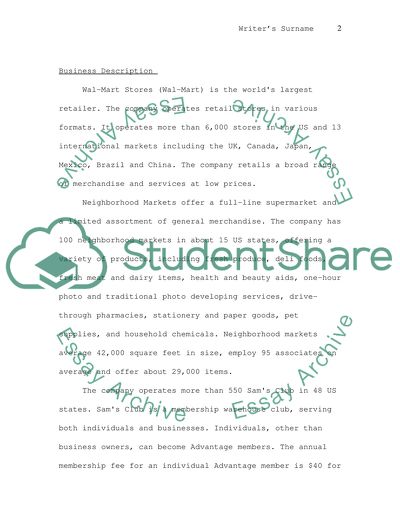Cite this document
(“Wal-Mart: The High Cost of Low Price Case Study”, n.d.)
Wal-Mart: The High Cost of Low Price Case Study. Retrieved from https://studentshare.org/miscellaneous/1509978-wal-mart-the-high-cost-of-low-price
Wal-Mart: The High Cost of Low Price Case Study. Retrieved from https://studentshare.org/miscellaneous/1509978-wal-mart-the-high-cost-of-low-price
(Wal-Mart: The High Cost of Low Price Case Study)
Wal-Mart: The High Cost of Low Price Case Study. https://studentshare.org/miscellaneous/1509978-wal-mart-the-high-cost-of-low-price.
Wal-Mart: The High Cost of Low Price Case Study. https://studentshare.org/miscellaneous/1509978-wal-mart-the-high-cost-of-low-price.
“Wal-Mart: The High Cost of Low Price Case Study”, n.d. https://studentshare.org/miscellaneous/1509978-wal-mart-the-high-cost-of-low-price.


